
[ad_1]
For Lata Ratan Misal, a resident of Indira Vasahat in Pune, the stroll from her residence to the group bathrooms was a protracted one. It felt longer at evening. Misal would usually ask her granddaughter to accompany her. However then, she’d fear about the lady’s security whereas she visited the bathroom.
The duo discovered some respite to those woes in 2021. That 12 months, hope arrived within the slum space by way of a venture began by NGO Shelter Associates — based by Pune-based architect Pratima Joshi in 1993. As Joshi shares with The Higher India, the founding concept of the NGO was (and is) to facilitate entry to sanitation, housing and water within the slum areas of India.
Misal was one of many many residents in Pune’s Indira Vasahat who was supplied with a rest room inside her home; a rarity that she nonetheless recollects to be a “blessing”. Whereas Misal was having fun with this newfound luxurious in her Pune residence, 150 km away in Parshiwadi, Thane, one other gentleman Janardhan Gopal Jadhav was on the brink of assemble his residence bathroom with the fabric supplied by Shelter Associates.
It was excessive time. Jadhav and the opposite residents of the world had been interesting for brand new drainage networks for years. However their cries fell on deaf ears. That 12 months, Joshi’s crew visited the world outfitted with sanctions and supplies.
“Due to this, we might get bathrooms inbuilt our home at a really low value. This has been a boon to a number of households residing right here, particularly for disabled folks,” Jadhav notes.
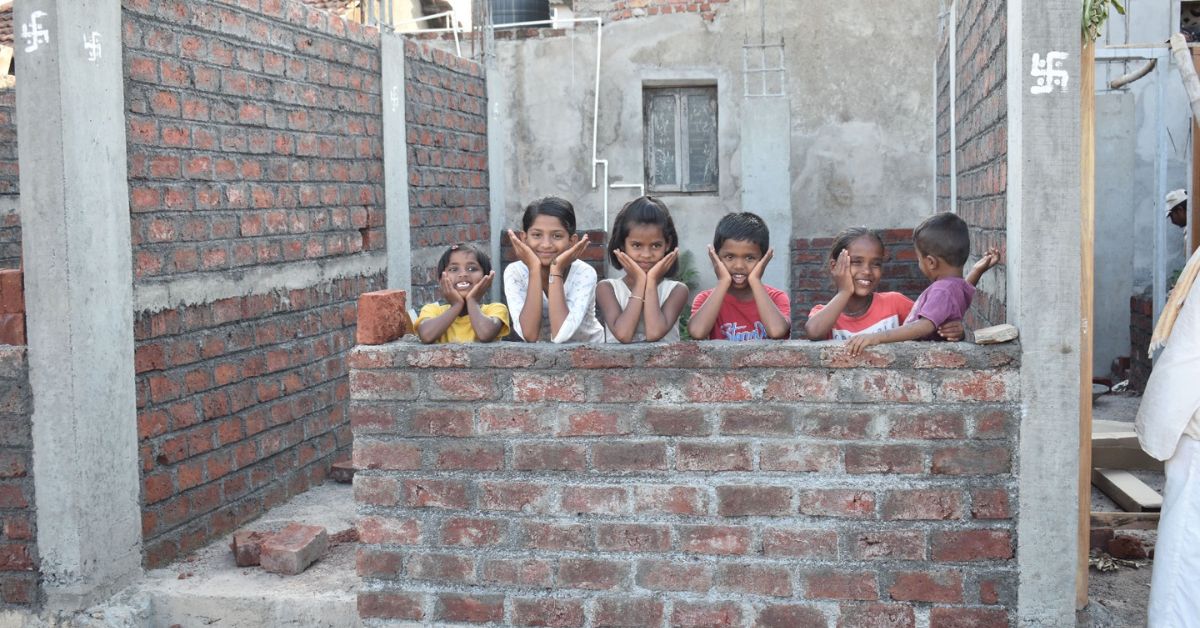
“These tales are the rationale I began,” Joshi emphasises.
Regardless of an architectural background, she selected to not go the normal route of economic initiatives and opted as an alternative for the event sector. She credit her grasp’s course at London’s Bachelor’s Faculty of Structure and Planning for her unconventional decisions.
“Matters like city poverty are not often lined in architectural programs. However these me. Throughout my grasp’s, we have been taught by a number of main planners and designers. By the point I used to be by way of with the course, I had made up my thoughts to dedicate my expertise to the have-nots of town.”
A 12 months later, Joshi moved to Pune the place she began her social enterprise. As she provides, the imaginative and prescient on the time was to revolutionise slum settlements in India by way of a community-centric strategy.
Thirty years later, this imaginative and prescient hasn’t modified.
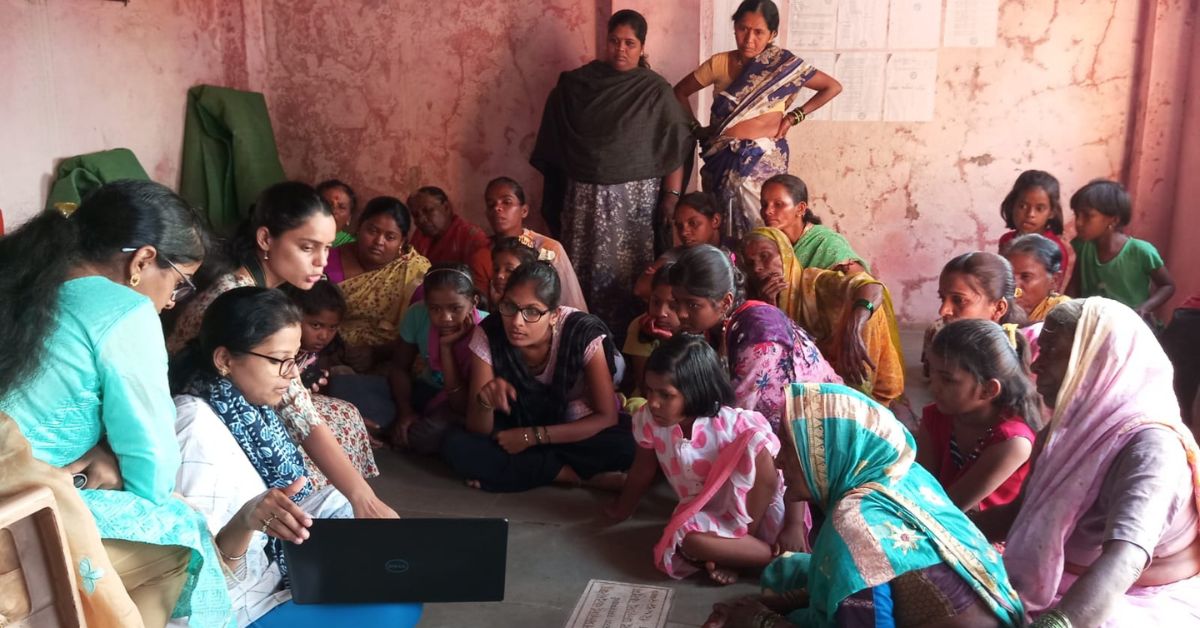
Respiratory hope into the slums of India
Remind her of the affect Shelter Associates has managed to create immediately — 27,000 slum houses outfitted with a rest room inside the house — and Joshi says these numbers have been as soon as solely a dream. “I had no social work background,” she reminds us.
However at the same time as she stood precariously on the sting of this new venture in 1993, with nothing to information her however pure intuition, her amateurism turned out to be a boon. The novelty of issues was horrifying but additionally liberating, she provides.
Three many years robust, Shelter Associates has survived the take a look at of time. Pointing to the key sauce that has paved the way in which to success, Joshi says it’s “information”.“This was the lacking piece after we began.” Early on, she noticed the dearth of well-formulated information to be the rationale behind haphazard insurance policies and initiatives that have been being executed. The affect was invisible.
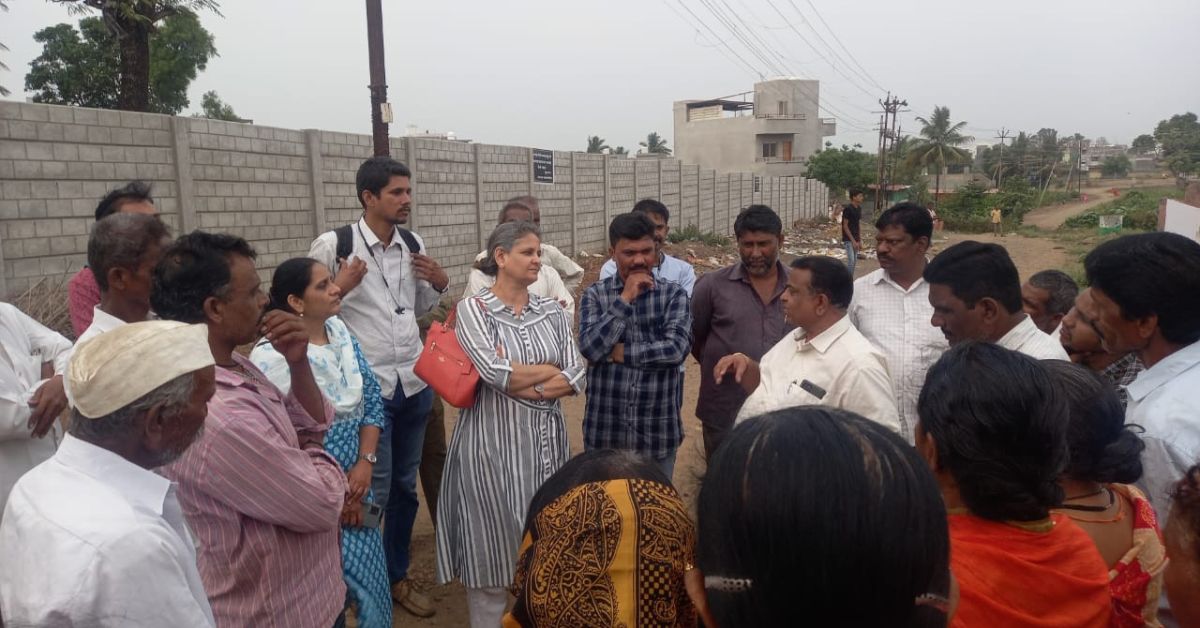
Knowledge was new territory to the architect too. With out information, they couldn’t proceed. Thoughts you, this was within the late 90s when know-how comparable to Google Maps didn’t exist.
Resorting to the one useful resource she might discover, Joshi opted for GIS (Geographic Info Programs) — software program that shops, manages, analyses, edits, outputs, and visualises geographic information. She used the software program to analyse information — comparable to total census data, infrastructure, and details about entry to services comparable to bathrooms, and water.
“We have been properly forward of our occasions,” Joshi boasts, smiling at how their “obsession for information”, which was usually laughed at, grew to become their strongest anchor.
In 2005, when Google Earth was launched, the mapping executed by Shelter Associates bought a shot within the arm. The satellite-backed maps went on to type the idea for a key venture of the NGO — offering houses in slum areas with plus codes and digital addresses.
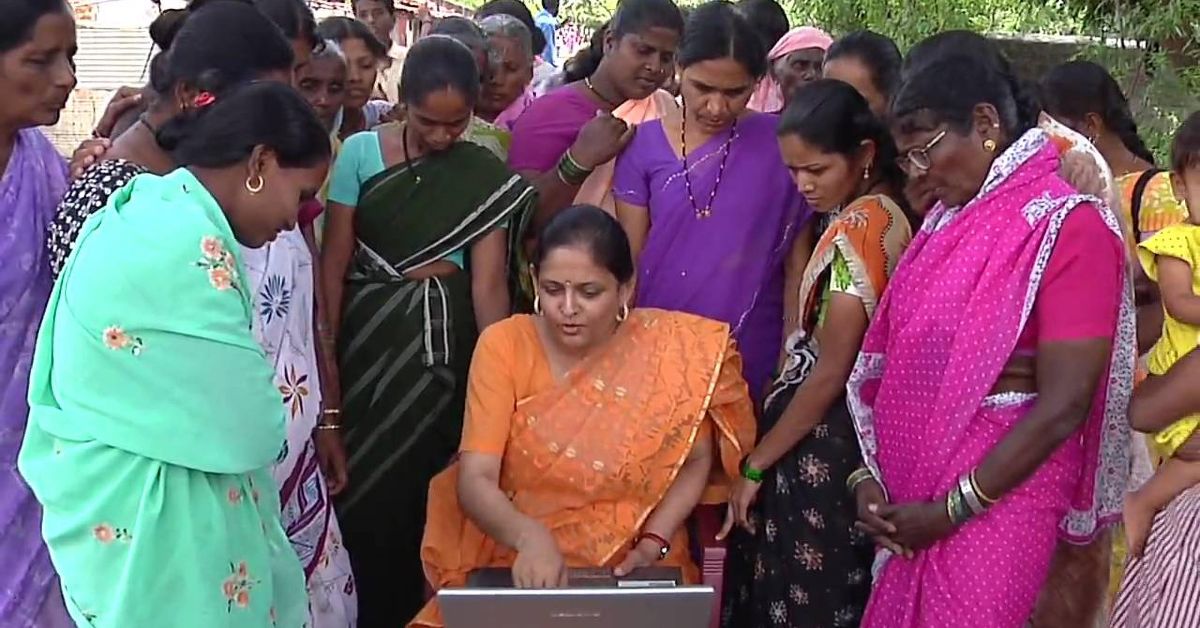
These plus codes are decided from the latitudinal and longitudinal location of the slum cluster and are distinctive to every residence. In the present day, over 87,500 houses are reaping the advantages of getting a ‘plus-code’ because it helps them get deliveries, groceries and extra, significantly when the COVID-19 pandemic hit.
However that being mentioned, Joshi was intent that the one function of mapping shouldn’t be to carry order to the chaos but additionally to reply vital questions. “Certain, mapping lets us know the place of each manhole, each water stand submit, rubbish bin, electrical pole, and many others. However I assumed ‘What if one was to have a look at a map and instantly have the ability to level out the houses that had their very own water connection, or their very own group bathroom?’ Now that may be an important map.”
With the concept of bringing the maps they’d created alive, Shelter Associates started conducting surveys on the bottom to grasp the finer dynamics of the slum clusters.
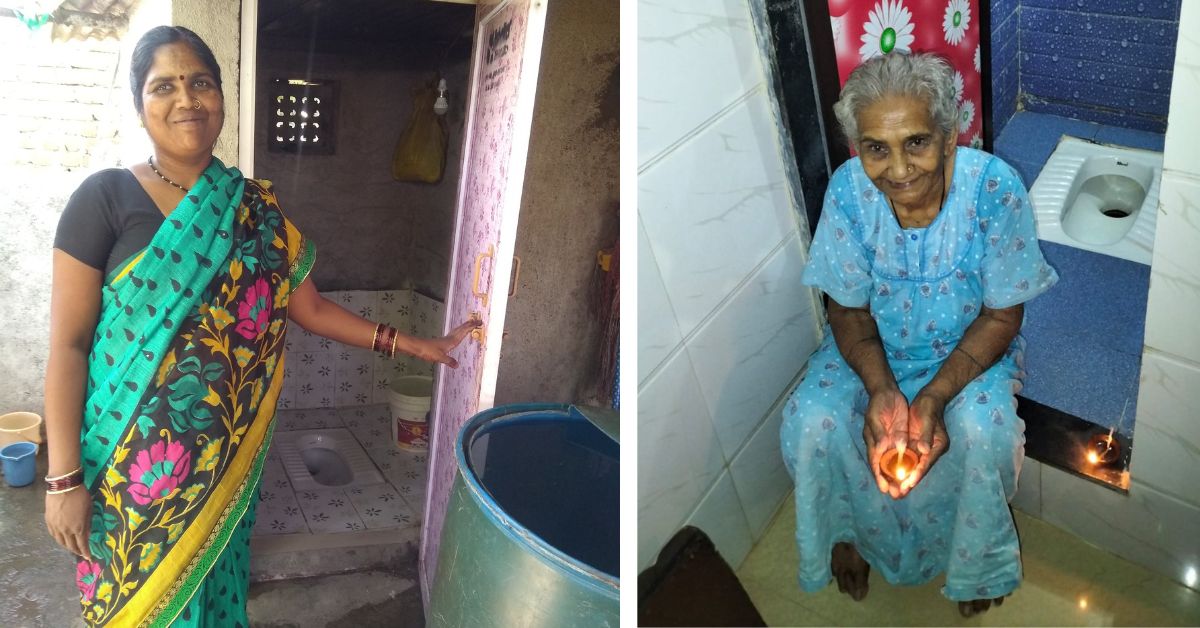
Entry to sanitation is a primary proper
What are the stereotypes you’ve harboured about slums? “That they breed in massive numbers, that they don’t thoughts residing in unclean situations, that they need providers totally free?” Joshi asks and solutions.
“Nicely, the information we gathered urged in any other case,” she notes.
A survey carried out by Shelter Associates deduced that 70 % of households wished a rest room within the residence in distinction to a group bathroom. In truth, they have been even keen to shoulder part of the fee. That’s precisely what the enterprise’s ‘One Dwelling One Bathroom’ venture was aimed toward. It was launched to assist deal with the issue of open defecation and the ensuing stress on sanitation methods in slum areas. That purpose has been achieved throughout key slum areas of town.
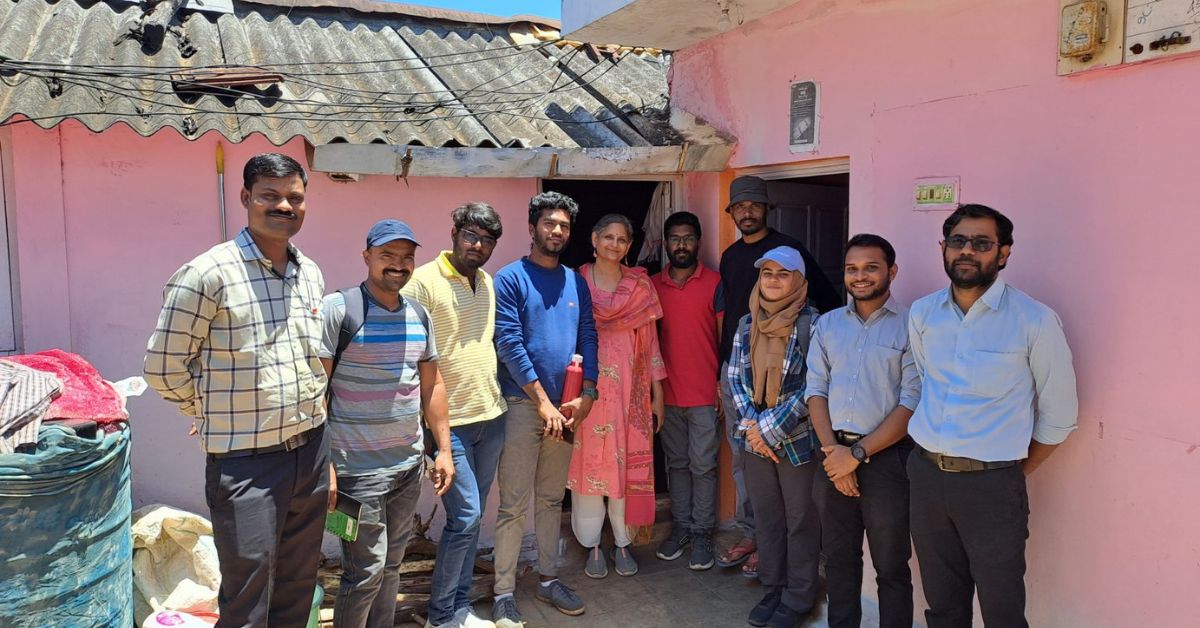
One other survey household sizes concluded that the typical household dimension is 4–5 in areas throughout Pune, Pimpri Chinchwad, Kolhapur and Navi Mumbai the place their work is concentrated.
“You see how information helps bust myths?” Joshi is fast to level out.
Whereas Joshi hatched a dream of enhancing housing providers for slum dwellers, she was eager that it shouldn’t uproot their lives. Working example, she elaborates on the ‘Slum Rehabilitation’ venture that was undertaken in Sangli-Miraj between 2011 and 2015.
“An entire citywide strategy was adopted to work out a really delicate resolution for folks residing in 29 settlements throughout Sangli and Miraj. The venture was accomplished with greater than 1,500 households getting a safe roof over their heads. These households bought a really well-planned home which has mild air flow and what’s extra, is that these folks have been utterly concerned within the design course of.”
Her subsequent focus is one other rehabilitation venture in Kanpur, which she says is likely one of the first of its sort in Maharashtra. “A whole group is getting rehabilitated!” Joshi says.
“This could possibly be a template for different tier-two cities to observe,” she provides. “It actually appears at each settlement with a vulnerability matrix — you begin working backwards from essentially the most susceptible to be sure that all of them get introduced into mainstream housing.”
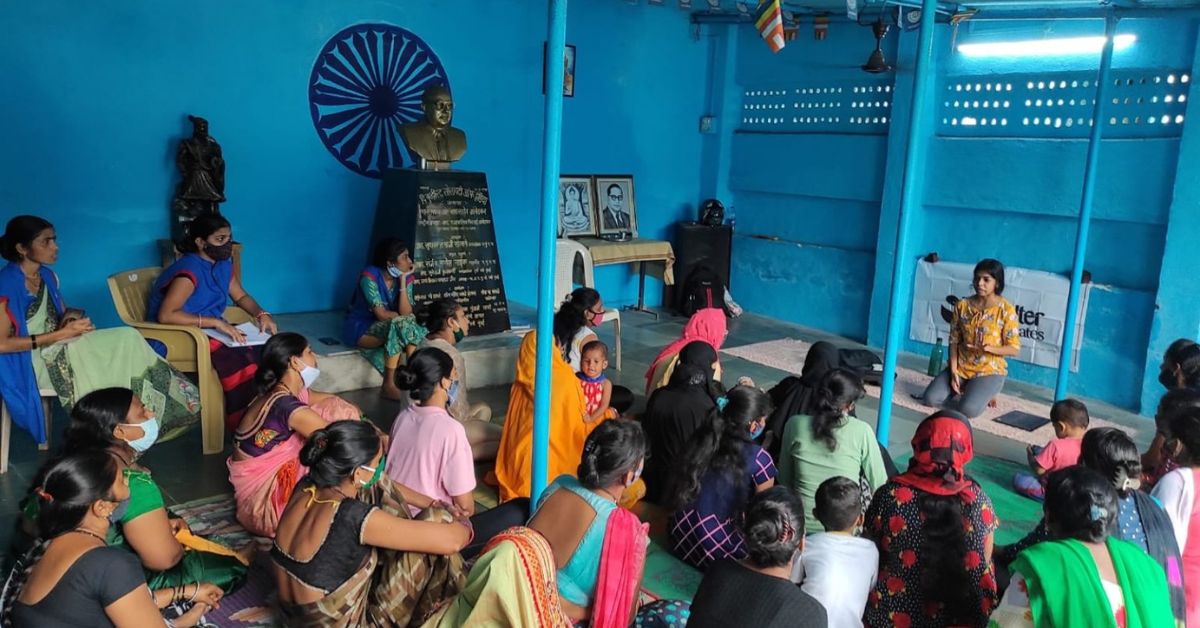
Other than this, by way of the menstrual hygiene workshops carried out by Shelter Associates, they urge ladies and ladies within the slum areas of India to go for menstrual cups which can be sustainable. “This program helps underprivileged slum ladies and ladies to alter the conservative attitudes round menstruation,” notes Joshi including that over 2,500 ladies have made the change.
The enterprise’s strong waste administration venture focuses on segregating several types of strong waste and their secure disposal. “Our skilled volunteers use spatial information to trace and monitor the waste assortment serving to waste collectors attain each final family. We additionally assist group members to coordinate with the respective ULB members to put drainage traces, organize for rubbish bins, and clear dumping websites,” Joshi provides.
As she watches the city clusters silhouetted in opposition to the Mumbai skyline, Joshi’s dream is for folks in slum areas too, to get entry to raised requirements of residing. As for the street forward, she is definite it’s going to be a protracted one. However she says her preliminary years formed her learnings.
“We actually kind of jumped into it after which discovered to swim. We discovered the onerous means.”
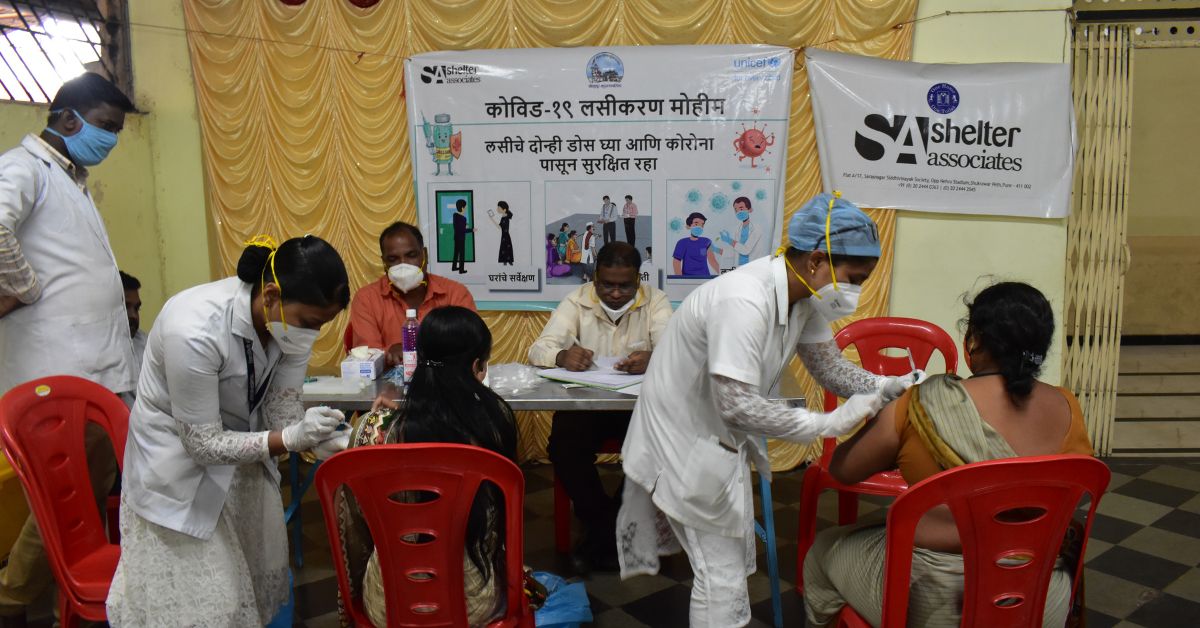
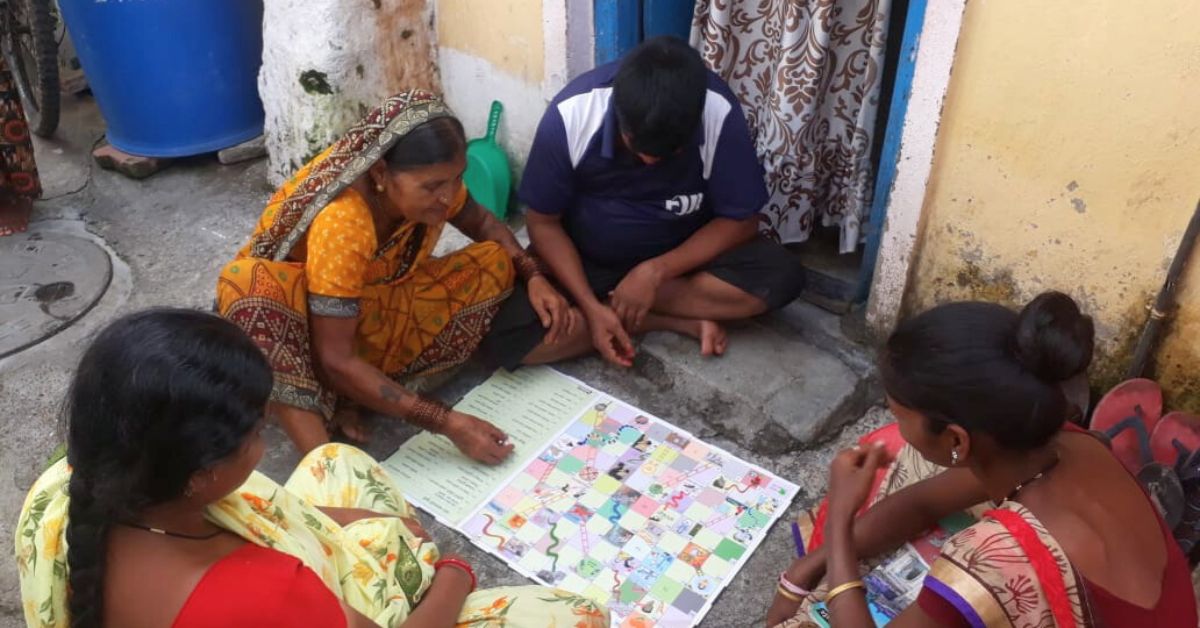
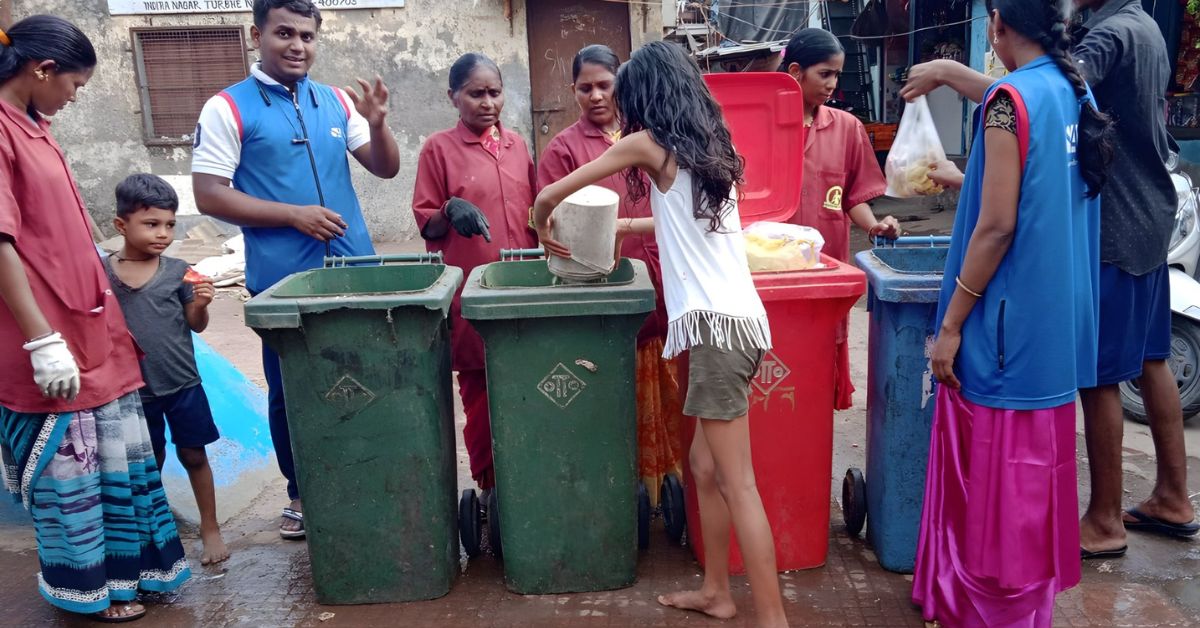
Edited by Pranita Bhat
[ad_2]